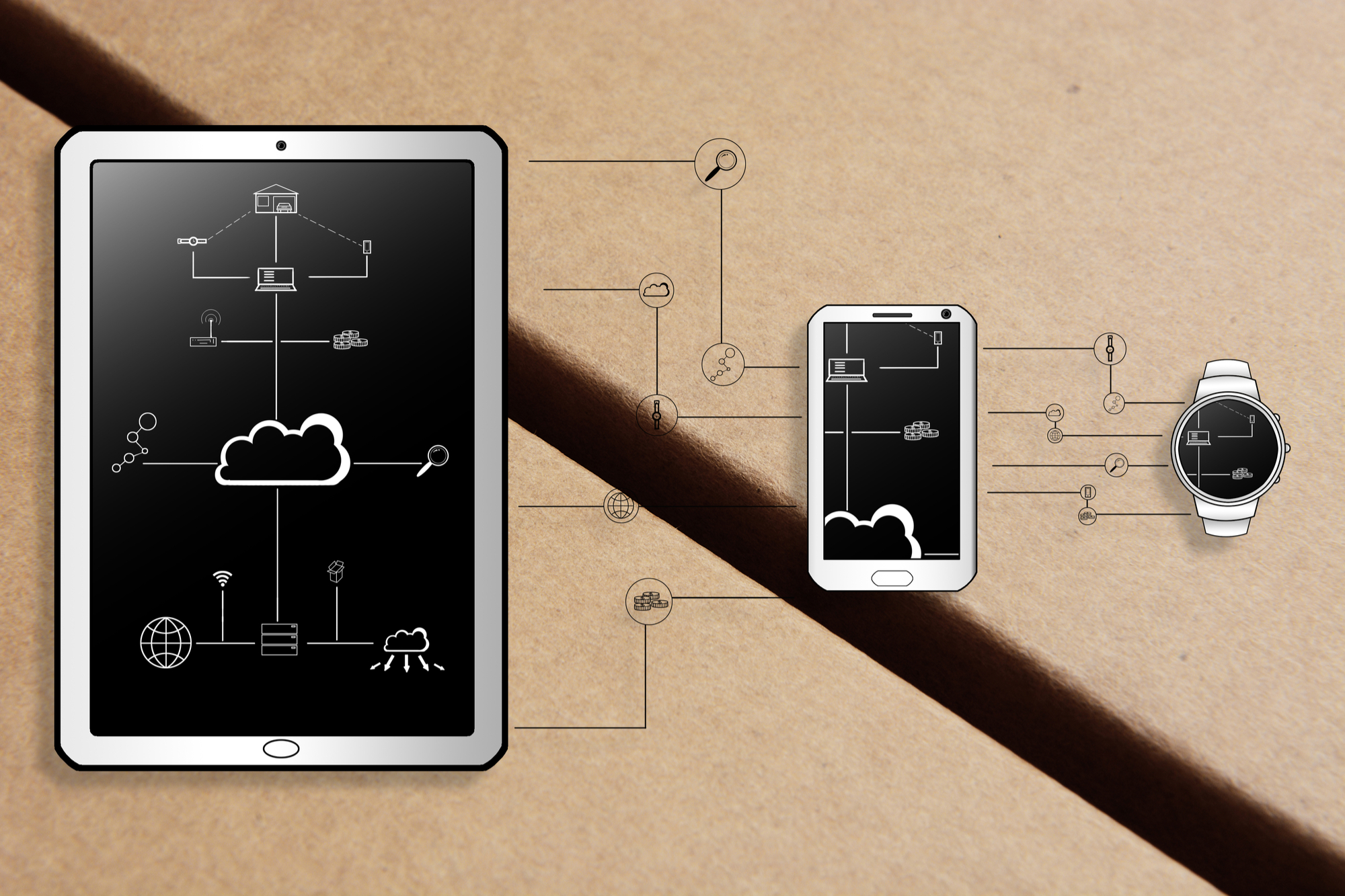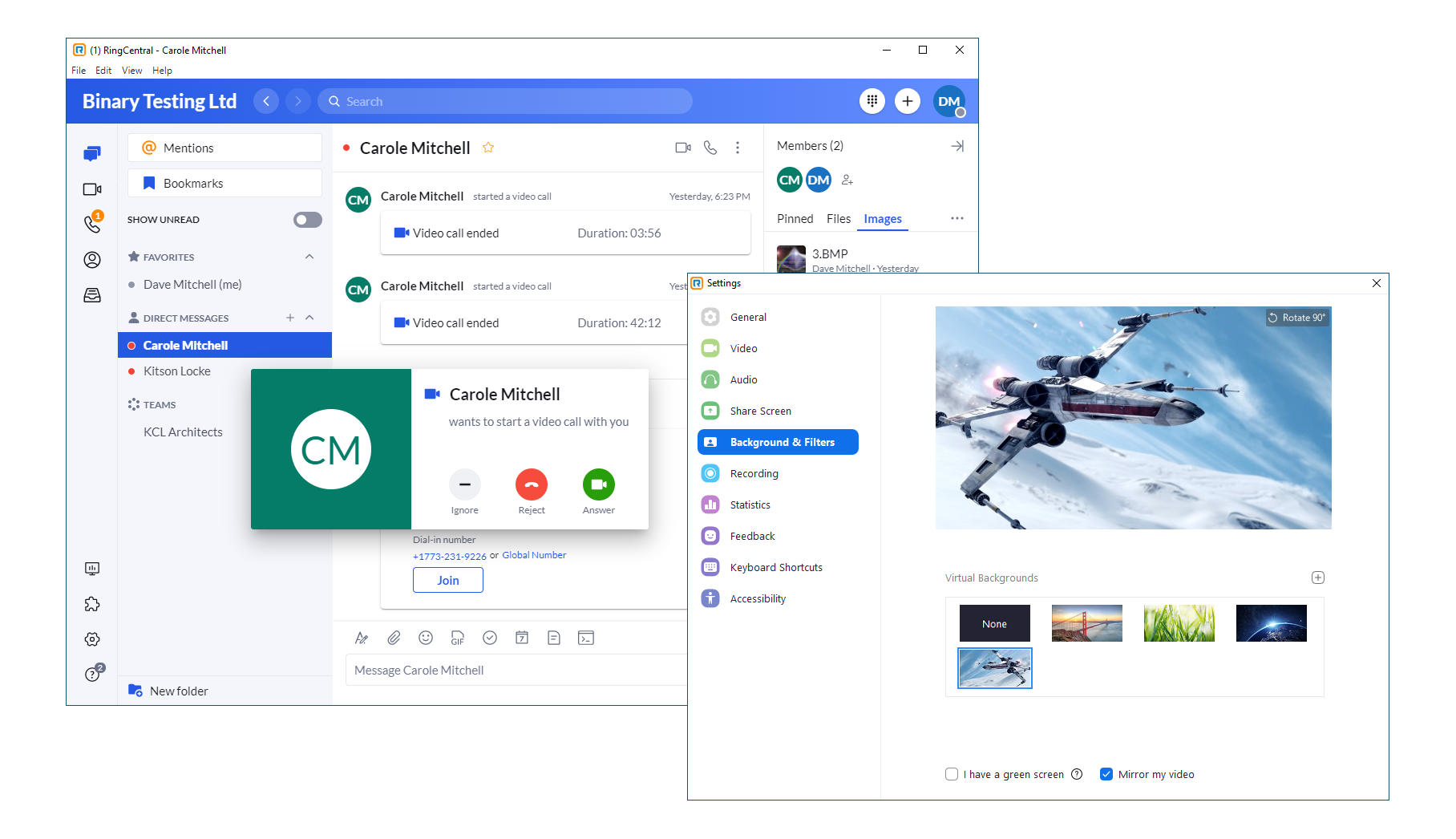Our 5-minute guide to UCaaS
How do unified comms-as-a-service solutions work - and what makes them so attractive?


The emergence and growth of cloud-based platforms has seen a rise in businesses shifting to unified communications-as-a-service (UCaaS) in recent years. In fact, analyst firm Frost and Sullivan estimates that cloud-based UCaaS now boasts over 43 million users worldwide - with the user base predicted to grow at a compound annual growth rate of 23% between 2016 and 2023.
But just what is UCaaS? And how can this unified communications concept benefit the enterprise?
What is UCaaS?
Essentially, unified communications-as-a-service, or UCaaS, pulls various business communication tools together into one platform for deployment to businesses through the cloud. Falling under the "as-a-service" umbrella of cloud-based delivery models, UCaaS includes various communication methods depending on what an organisation needs, such as file-sharing, VoIP, email, text messaging and conferencing.
These various tools and services are usually bundled together and unified with one user interface (UI) that remains consistent and reliable across a range of business devices (such as laptops, smartphones and tablets).
UCaaS has two main variants: single tenancy (or virtualised) and multi-tenancy. With a single tenancy setup, on-site applications are linked using customised software, which allows customers' data to remain separated. Although this offers heightened security, it does cost more to operate. Multi-tenancy options differ in that the software is hosted in the cloud at a data centre, with all customers sharing the same platform. Some service providers offer a hybrid system for businesses that may require a balance between the two options.
Common UCaaS use cases
With the continuous rise of the cloud, UCaaS adoption has taken off in recent years, and the reasons businesses opt for this method are numerous. For starters, businesses implement this type of service to streamline communication methods between staff, which can be especially useful when employees are based in different locations or work remotely.
By integrating features such as email, video conferencing, voice calling and screen-sharing into one platform, communication is not only faster but costs less for the business. Switching could also allow organisations to provide a more consistent and satisfying customer experience by minimising communication obstacles.
Get the ITPro daily newsletter
Sign up today and you will receive a free copy of our Future Focus 2025 report - the leading guidance on AI, cybersecurity and other IT challenges as per 700+ senior executives
UCaaS is also handy for unifying various data sources and making information available through one central hub, including pulling in data from a multitude of platforms such as Office 365, Skype for Business, Outlook, Salesforce, as well as those increasingly-important social channels.
There's the growing bring-your-own-device (BYOD) trend too, in which employees use their own devices in the workplace instead of a company-issued smartphone or laptop. Thanks to its all-encompassing nature, unified communications-as-a-service can help facilitate this setup or aid the transition process from more traditional practices.
Pros and cons of UCaaS
At its heart, UCaaS solutions present businesses with opportunities to improve enterprise communications and allow staff to connect to data sources faster than traditional, more intricate on-premise setups. This ultimately fosters a more collaborative workplace. Thanks to its convenience, it can also improve business-customer relations, whilst the ability to connect remotely aids problem resolution and productivity.
As with other SaaS models, platform maintenance and the need to keep pace with the latest hardware systems is also greatly reduced thanks to service providers handling these elements.
Financial savings are an attractive proposition as well, with firms able to focus on operating costs as opposed to capital investment (which is applicable to in-house systems). This adds a layer of flexibility to proceedings, with businesses able to increase or decrease software licenses as required, as opposed to investing capital to buy new hardware.
However, whilst a UCaaS solution generally offers greater convenience, some organisations may find it problematic when looking to integrate legacy systems, as outdated infrastructure may not be readily supported. As with any cloud-based service, there are also safety and data protection concerns with material being stored externally and increasingly shared.
Additionally, organisations may have to retrain staff on the new systems to help them feel confident in the new approach, whilst IT departments will be required to stay up-to-date with the latest software and technological advancements within the unified communications field.
While long-term savings may be a huge benefit, switching to a UCaaS provider may involve large initial costs when making the transition from an on-site communication system.
How to get started with UCaaS
Businesses looking make the switch to unified communications-as-a-service should first consider whether single tenancy, multi-tenancy, or a hybrid UCaaS platform best suits their needs. For example, the latter can often be beneficial for companies that wish to maintain a level of on-premise security and risk control as they make the transition to the cloud.
Choosing which vendor is also paramount in implementing a successful strategy; finding the right provider will help create the beginnings of a strong partnership in which the business' needs can be met and problems quickly solved if and when they arise. It's a relatively new marketplace, so taking the time to analyse a UCaaS firm's track record and success stories can provide crucial insight into how they may handle proceedings.
Other factors that will need to be considered include: the customisability of the platform, how the solution will enhance overall data security, as well how the platform will integrate apps already used by the business. It's also important to ensure that company-wide technology is up-to-date and compatible with the new system. This could mean investing in new end-point devices, even if the current ones are working well within the existing on-premise setup.
A good UCaaS provider will provide a detailed plan to answer these questions and aid in making the transition to cloud-based communications, allowing organisations to feel confident that their needs will be met.
Dan is a freelance writer and regular contributor to ChannelPro, covering the latest news stories across the IT, technology, and channel landscapes. Topics regularly cover cloud technologies, cyber security, software and operating system guides, and the latest mergers and acquisitions.
A journalism graduate from Leeds Beckett University, he combines a passion for the written word with a keen interest in the latest technology and its influence in an increasingly connected world.
He started writing for ChannelPro back in 2016, focusing on a mixture of news and technology guides, before becoming a regular contributor to ITPro. Elsewhere, he has previously written news and features across a range of other topics, including sport, music, and general news.
-
 Third time lucky? Microsoft finally begins roll-out of controversial Recall feature
Third time lucky? Microsoft finally begins roll-out of controversial Recall featureNews The Windows Recall feature has been plagued by setbacks and backlash from security professionals
By Emma Woollacott Published
-
 The UK government wants quantum technology out of the lab and in the hands of enterprises
The UK government wants quantum technology out of the lab and in the hands of enterprisesNews The UK government has unveiled plans to invest £121 million in quantum computing projects in an effort to drive real-world applications and adoption rates.
By Emma Woollacott Published
-
 The case for consolidating your comms and IT support
The case for consolidating your comms and IT supportSponsored Multiple tools and services can stand in the way of truly effective communication
By IT Pro Published
-
 TD Synnex Maverick announces availability of Zoom for partners in Europe
TD Synnex Maverick announces availability of Zoom for partners in EuropeNews Partners now have access to the entire Zoom portfolio, including unified communications platform Zoom One
By Daniel Todd Published
-
 BT selects Google Cloud to support group-wide digital transformation
BT selects Google Cloud to support group-wide digital transformationNews The five-year partnership will see Google Cloud deploy cloud infrastructure, data analytics, AI/ML, security, and API management to help digitise BT
By Sabina Weston Published
-
 How to build a cloud-based IP PBX telephony system
How to build a cloud-based IP PBX telephony systemTutorials Move your comms to the cloud and ditch your physical PBX box
By K.G. Orphanides Published
-

 Sennheiser MB 360 UC review: Business-grade headphones at a brilliant price
Sennheiser MB 360 UC review: Business-grade headphones at a brilliant priceReviews These cans are perfect for on-the-go professionals
By Adam Shepherd Published
-

 RingCentral Office review: Calling the shots
RingCentral Office review: Calling the shotsReviews A cloud VoIP service that sets the standard for ease of use, features, flexibility and affordability
By Dave Mitchell Published
-
 Cisco buys cloud PBX provider BroadSoft
Cisco buys cloud PBX provider BroadSoftNews The cloud-based voice and contact centre software will be integrated into Cisco's collaboration platform
By Clare Hopping Published
-
 Unified communications: growth, interrupted
Unified communications: growth, interruptedIn-depth Inside the Enterprise: UC has dropped down the list of CIO priorities, suggests IDC. Could business be missing out?
By Stephen Pritchard Published